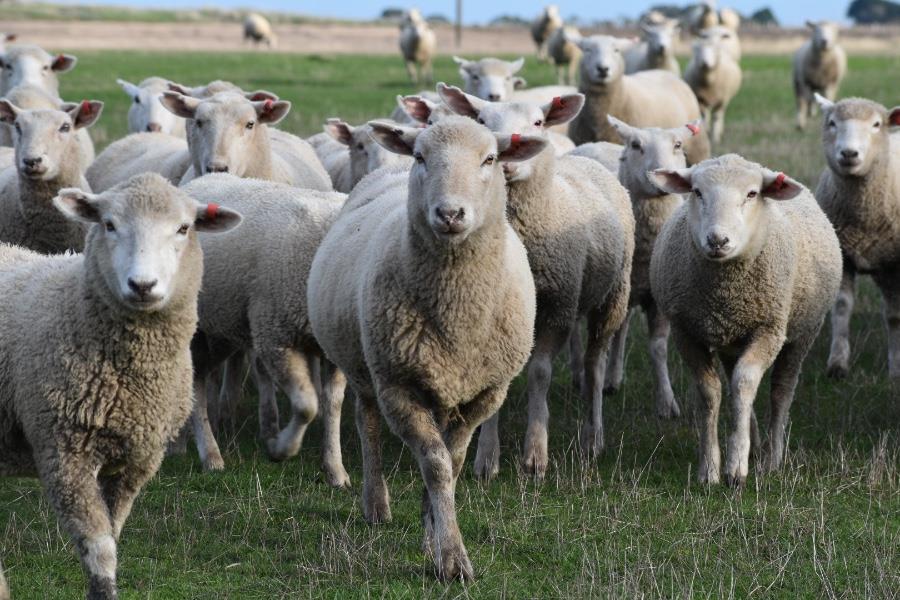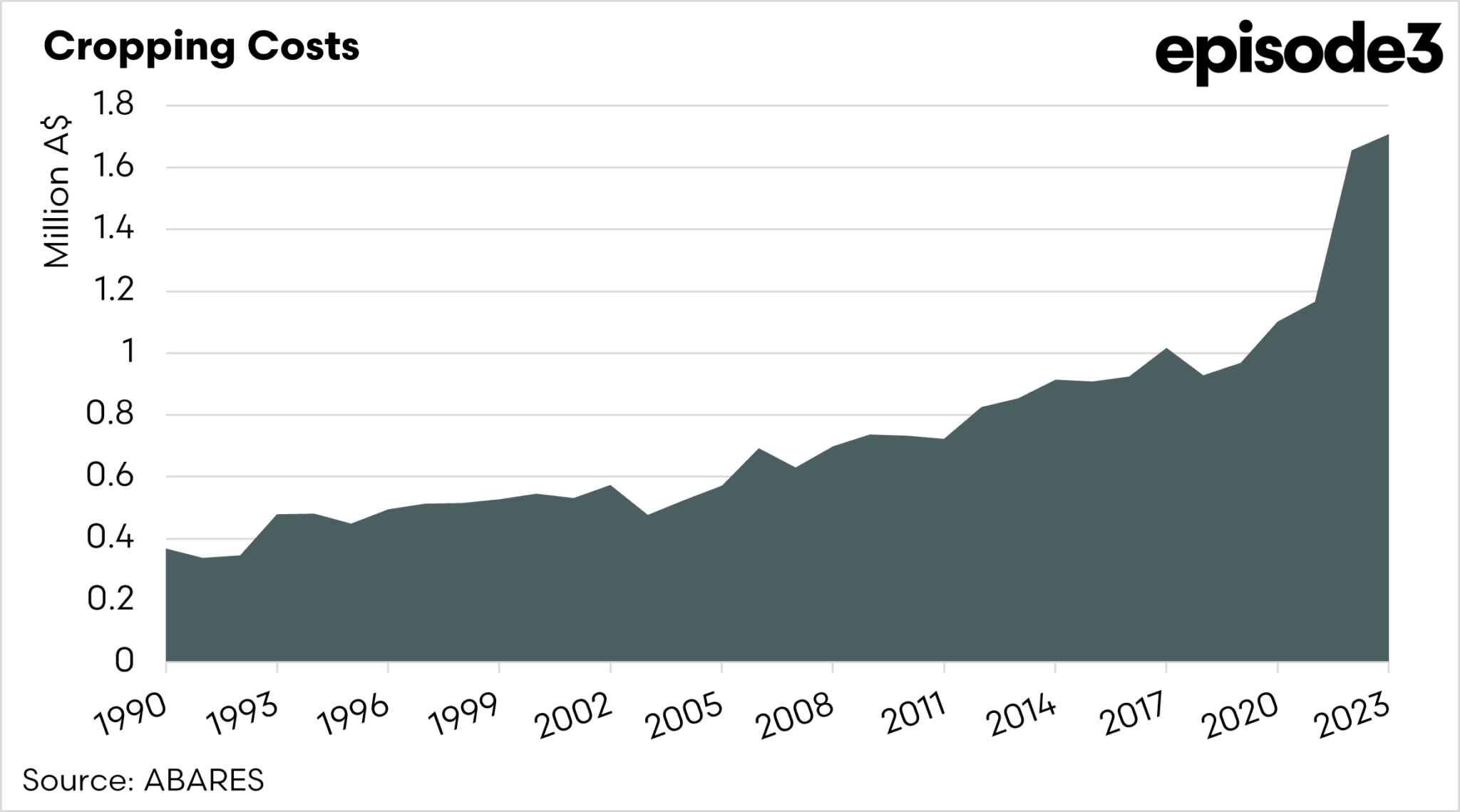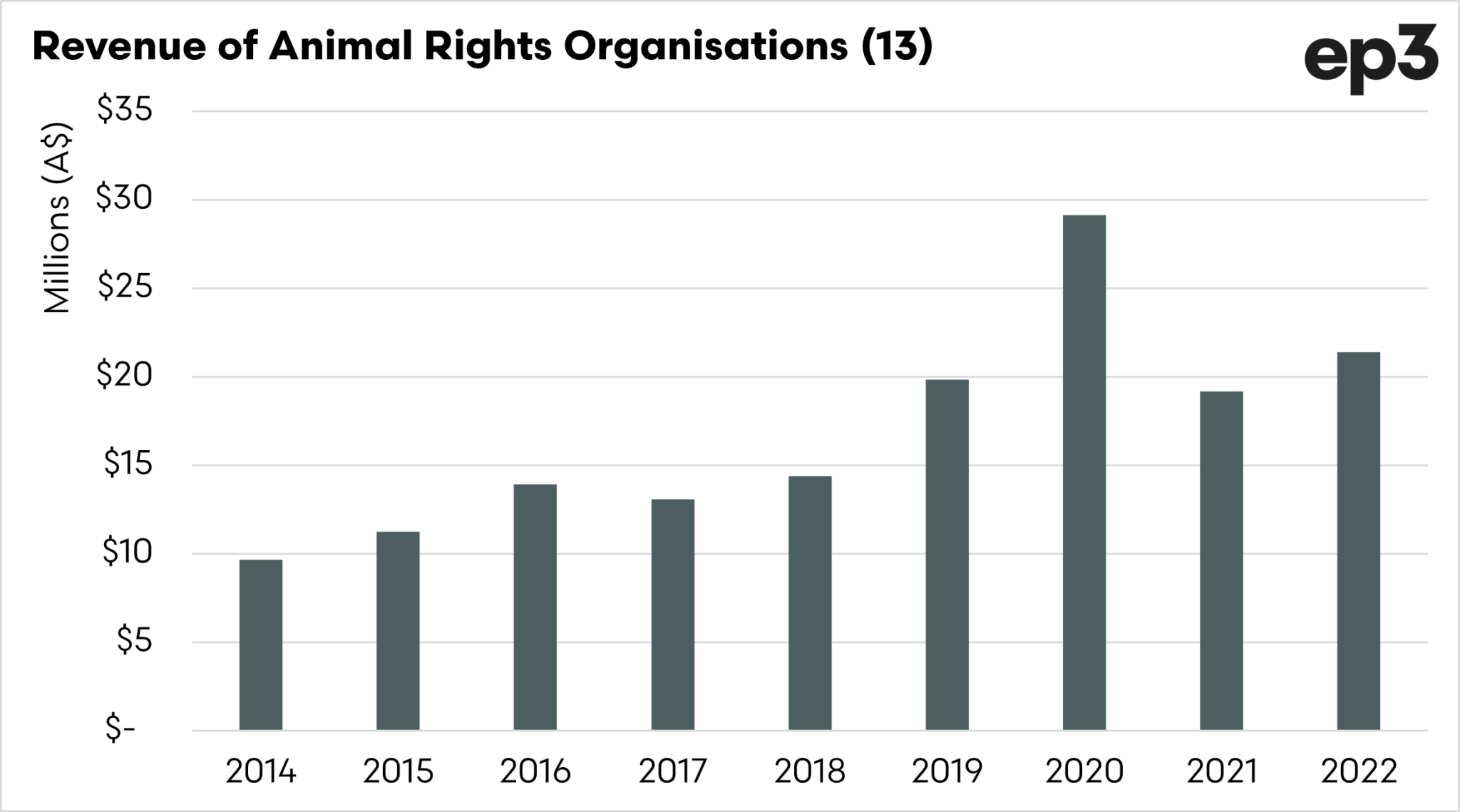 Episode3 analyst Andrew Whitelaw has posed an idea that's "a bit lefty", but also "a sensible capitalist task" that could increase the resources of farmer representatives whilst potentially decreasing the impact of the cost of living for everyday Australians.
Episode3 analyst Andrew Whitelaw has posed an idea that's "a bit lefty", but also "a sensible capitalist task" that could increase the resources of farmer representatives whilst potentially decreasing the impact of the cost of living for everyday Australians.
"You can't get me. I'm part of the union."
The above was a lyric from the Strawbs which became popular in Great Britain in the 1970s/80s as the unofficial anthem of the trade union movement.
The trade union movement is a social and labour movement primarily concerned with the organisation of workers to negotiate collectively with employers for better wages, working conditions, benefits, and other aspects of workers’ welfare. Originating in the Industrial Revolution, when labour conditions were typically harsh and workers had little power, unions served as a means for collective bargaining, giving workers a stronger voice.
It’s all a bit lefty and doesn’t sound like something I would generally be chatting about, but bear with me.
The first problem
Farming is getting expensive. The chart below represents the average cost of planting a crop in Australia.
EP3 analysts have always split our focus between the price which agriculture can sell its commodities and the cost we pay for our inputs. Our fertiliser, diesel and almost everything else have recently hit record prices.
A proportion of this impact has come from the lingering effects of the supply chain issues caused by COVID-19, but also the ongoing conflict in Ukraine. As time goes on, more disruption will likely occur.
So, is there some way that Australian agriculture can look to reduce the cost of our farming and have an impact on improving margins?

The second problem
There are great organisations in Australian agriculture at the state and national level who represent and lobby on behalf of their membership.
The issue, however, is that the farmers have consolidated and become larger. There are few farmers to become members, and membership rates for state farming organisations around the country have declined. To represent requires members, but the hard fact is that it requires financial resources.
At the same time, organisations which lobby for change in agriculture from the outside, such as animal rights organisations, have shown increasing revenue sources in recent years. To represent agriculture effectively requires moolah.
So, with the number of farmers unlikely to increase markedly, how do we increase the funds available for representing agriculture at a state and national level?

A solution?
So, how can we create a solution that works for all? Can we increase the resources of farmer representatives whilst potentially decreasing the impact of the cost of living for everyday Australians?
I have a solution, and it’s aligned with the unions, yes, stay with me. It’s not a new solution, it is an old one, but one which can easily be introduced.
In many quarters, the word union is a dirty word. However, there are elements of unionism which can be adapted. I am thinking specifically in relation to collective bargaining, and this could be in the form of a co-operative or group buying organisation.
A co-operative, in relation to agriculture, is a collective that joins together to increase its bargaining capability. Western Australia has one of Australia’s most successful agricultural co-operatives, in the form of the CBH Group, which is the state’s primary storage and handling provider for grains. This organisation, effectively controlled by growers, is able to re-invest its revenue on improvements, providing WA with some of the best grain-handling infrastructure in the world.
So, how can this be adapted further? The state farming organisations, whilst membership numbers decline, are still representing businesses that are collectively purchasing billions of dollars of equipment, chemicals, fertilisers, fuel, and other assorted items.
There is the possibility that these state farming organisations could lead in setting up co-operatives for the inputs that farmers are required to purchase to plant their crops or grow their animals.
So let’s use a simple real-world example, ear tags. The federal government is mandating electronic ear tags (aka eID tags) in sheep to reduce the impact of potential incursions of diseases such as foot and mouth disease. There are some subsidies in some states which will reduce the additional cost of these tags, but eventually, these are likely to be removed.
A state farming organisation could use the purchasing power of its members to secure large discounts for purchasing these eID tags. This would have two impacts: the state farming organisation could retain some earnings from the transaction, but it would also encourage non-members to become members.
The example above is just one but could be expanded to all the other inputs that a farmer requires to produce their food. This state based co-operative input model can potentially reduce the risk of cost-price squeezes on farms and mitigate against higher food costs for everyday Australians.
It isn’t even a negative for the suppliers; they may have a reduced sell price, but they could find their route to market is cheaper. As a simplified example, let’s say that Elders or Nutrien were able to approach 2000 farmers with an offer for fencing wire, they would potentially be able to offer a discount and reduce their distribution costs.
This idea is not a new one and is common in Scotland; it just requires organisations to increase from lobbying to offering farmer services, and through modern electronic infrastructure, these types of organisations could be set up with minimal costs.
Don’t think of working together as a commie task, but a sensible capitalist task.
This article originally appeared on Episode3. Republished with permission.
 Results
Results.png)
